We visited the home of one of Central Otago’s premier labels – Peregrine – and toured the amazing, iconic building earlier this year, as the team were starting to ramp up towards vintage. Definitely one for our list of people we needed to talk to was winemaker Nadine Cross, and she took us through the winery and then a tasting of the Peregrine range.
WineFolio: It seems pretty calm in here today – what are you guys up to at the moment?
Nadine Cross: Everything happens at this time of year – blending, getting ready for bottling, getting ready for harvest… we’ll be bottling Pinot and Chardonnay, just finished blending all of those. Filtering next week, bottling the following week.
WF: Is the fruit just from the vineyards around the winery?
NC: We’ve got a small amount of vineyards around us at Gibbston, and then we’ve got Estate blocks at Bendigo, so I see quite a number of vineyards across the region. We keep all those blocks of pinot separate, and see all the components of everything. So we can taste with everybody and see all those blocks and talk about what we’re looking to achieve, improve on, and what style we are getting. We’re always tasting.
And we get a feeling for how we’re managing crop levels, canopy management and everything out there. We’ve been organic for ten years on our Estate blocks and from 2017 the whole Peregrine range is certified organic. I’ve been here nearly ten years and I’ve seen great changes with vine age and health, and environment improvements with organics. Our experience also helps – our team is developing, with knowledge and site experience – knowing how things react – because every year is a challenge and you learn something different. It’s never the same and we’ve really improved.
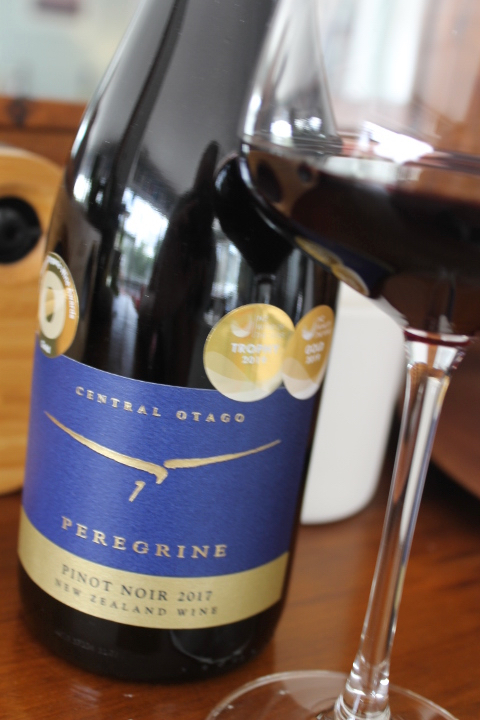
WF: Do you see the winemaking as more of an art, or is it a science?
NC: For me, a little bit of both, but having that scientific knowledge which lets you then go with your gut feeling – your craft. It takes a lot of experience to do hands-off winemaking. It takes time to learn to do nothing. You’re checking more – smelling, touch, seeing – all of that is critical to knowing if you do have to step in. You have to have that knowledge. One example might be – that’s the right fruit to do ‘that’ on. I go on my gut feeling a lot. Something like ‘I know this flavour’ so decisions to pick that quickly, and you know how that moves. Walking in a vineyard and doing the tasting – you get a certain feeling then. And also, too, when we’re making the smaller wines – we may only have a couple of blocks of Sauvignon Blanc that we pick off – and do a couple of picks – and I’m thinking about blending then – the different components then. Sometimes it’s about getting it right in the vineyard, first.
WF: Is the Peregrine Pinot Noir – the wine, I would say you are best known for – the most important wine that you make?
NC: Yes, the Peregrine Pinot Noir is our most important wine. Two things – that’s the wine that’s most accessible to everyone, and I don’t want to be making a whole lot of other wines that pull out the heart of that wine. But also, and more for me as a winemaker – it’s more about making every wine that quality and style and that expectation.
People might recognise us for Pinot, but, to me, all those Peregrine wines when I line them up…they all have that quality, flow through with that elegance, minerality, freshness and structure. In Australia they see an enormous amount of Central Otago Pinot Noirs, and across the board the quality is excellent. We’re all a little bit different but people have got a great choice out there. But sometimes it is the other varieties, where there’s not so many people making them – so opportunities arise for us that we can get a Chardonnay or a Pinot Gris into a restaurant in Sydney. But then they love the quality for that wine, and then come to the Pinot. So, often, in the marketplace it’s not our Pinot that might get in and listed first – it might be another variety and they can open the door. People might see 200 Central Otago Pinots, but how many Central Otago Chardonnays do you see?
WF: Is Central Otago Pinot established enough now that it’s its own thing?
NC: I think it has been a process of learning for everybody. Now, we need to be proud of what we do. We are what we are, and the Peregrine Pinot is a blend of Central Otago – it’s Bendigo, Pisa and Gibbston blend. We’ve established a higher percentage of Bendigo in it as we develop, but it’s what we think represents the best.
Bendigo is exciting – there’s probably not a lot of land left to plant; and it’s a newer region, although our vines there are 18 years old now. It’s a warm site and initially we got a different tannin structure out there, and more darker red-fruit profile. But I’ve seen that change – we used to see a bolder, grippier tannin.
But now as the vines have got older, and with organics, and better vine health; now we have a much more supple and velvety tannin structure. That lovely texture and richness to the wine; and in Pisa I’m seeing much more forward, mid-palate – a lot less tannin and acidity. Even off Bendigo – we have four different sites at different elevations, and different clones even – and that has effects.
We’re seeing more structure in the fruit, and probably using a bit less new oak – but it’s still an important component though. I like one-year old oak to be honest – one or two year old oak is really important. A good new barrel shouldn’t look ‘oaky’ either – it should show depth and be supporting the fruit, not smothering the fruit.
WF: And you make ‘The Pinnacle’ wine – is that off a certain spot?
NC: We don’t make it every year. In seasons where we think we’ve got something special we’ll make a Pinnacle. Normally, that’s a bit of a ‘feeling wine’ to be honest. It used to be ‘best barrels’ but that’s not what it’s about now. Since 2012 it’s been a single site, or single block. In 2012 it was Gibbston 100% – that’s what I felt; so it’s seasonal and site-specific. In ’14 and ’16 and now ’19 we’ve made a Pinnacle and they’ve all been from Bendigo. Those have been off different blocks as well. So maybe that’s a sign of the times – we’re seeing some exciting things coming out of Bendigo.
By now we’ve walked through the Barrel Hall to the Tasting Room, and we’re into their rather nice wines..
NC: We’ve done a rosé since 2012 and it’s always been quite light in colour and a dry style. Before rosé got super popular we were making this style. We haven’t done a huge amount, and have made the same amount for the last five years. It came about because we were planting at Bendigo and it’s a great thing for us to use our young vines for. So it’s the fruit off our young vines, which is generally a lot more ‘fruity’ and floral in style; and can be picked early so we don’t stress the vines. We keep that nice acidity you can see in the wine, the freshness, and I don’t like picking up that tannin in rosé, so I don’t do any skin contact. It’s straight in the press, so the only skin contact time is as it’s going through the press.
Often with those young vines, I’ve got small berries, so a lot of skin ratio to juice – so have to be careful with what we’re doing – settling, sulphurs and all the rest. Keeping that floral freshness and not extracting tannin and phenolics into the wine.
Pinot Gris is the biggest volume of white that we make. All hand picked and we do lots of whole-bunch pressing – we want to keep that acidity and structure. About 15% goes into the old Chardonnay puncheons with a bit of lees contact there. The tank too will sit on lees for about 3 months post-ferment, as we want that mid-palate texture. We want balance – acid and sugar – but I do love that natural acidity that we get. That texture and that mouth-feel – it’s almost like you were licking that schist rock from the vineyards. That sparkliness that you get with the really fine texture and the minerality. I like to think that we retain that in all our wines. It’s an important wine for us – the public really love it.
We make a couple of Rieslings – the dry one, and make an off-dry one with about 20grams of residual sugar, and we do a Late Harvest Riesling as well. We do a dry Sauvignon Blanc as well – we get a bit of limeyness and fennel, savoury characters.
Chardonnay 2018 – we planted 5 hectares of Chardonnay in the last ten years up at Bendigo – next to Quartz Reef. And we have another block up on the terrace, so a similar height to Prophet’s Rock. It’s been exciting and fun seeing that evolution of Central Otago Chardonnay; and I think it’s the variety that we should watch out for.

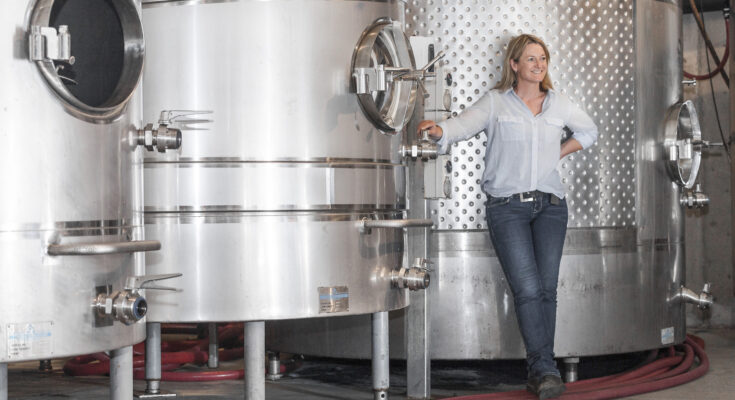
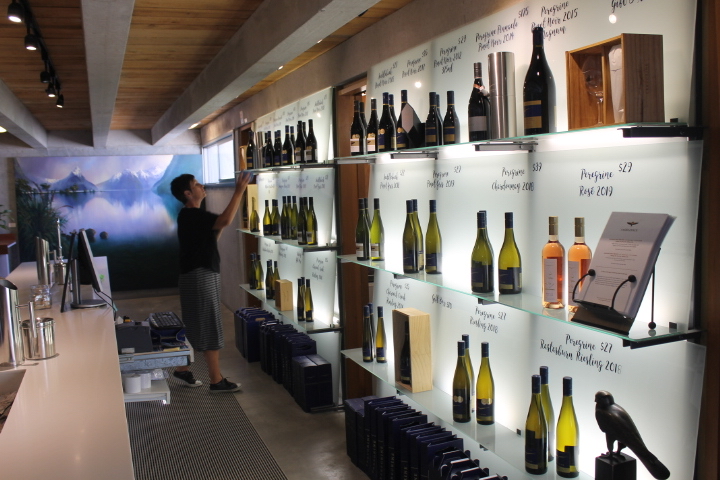
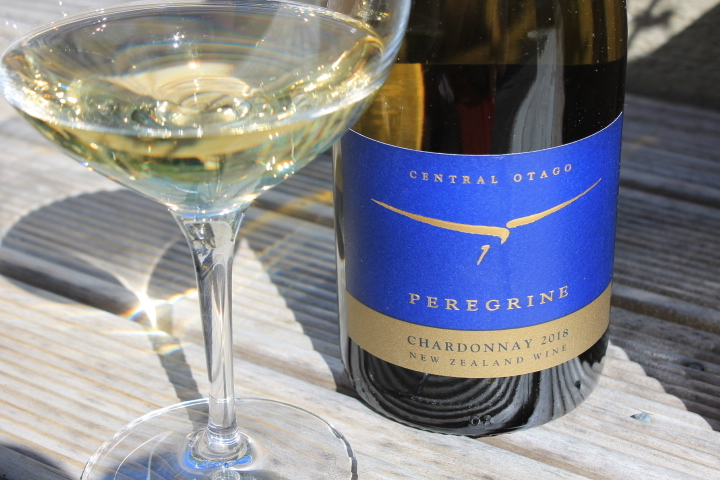
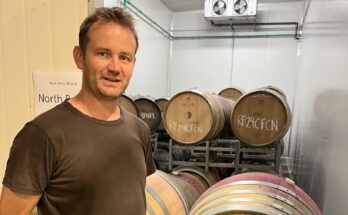
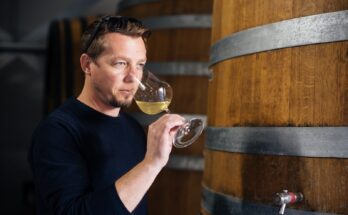
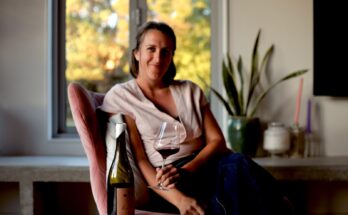
One Comment on “Winemaker series – Nadine Cross”